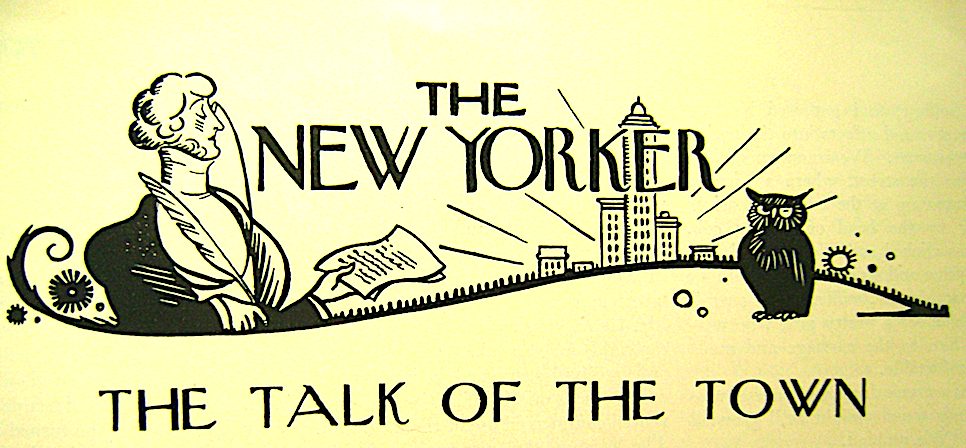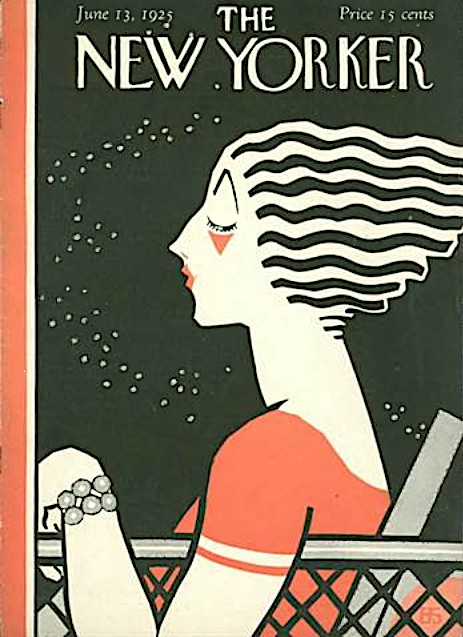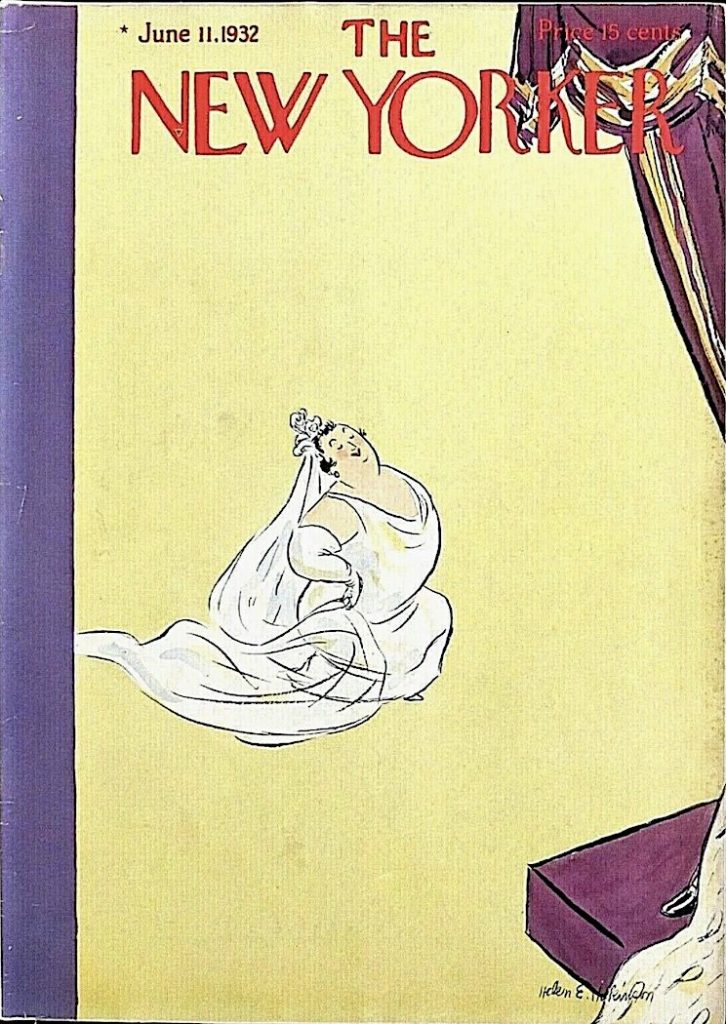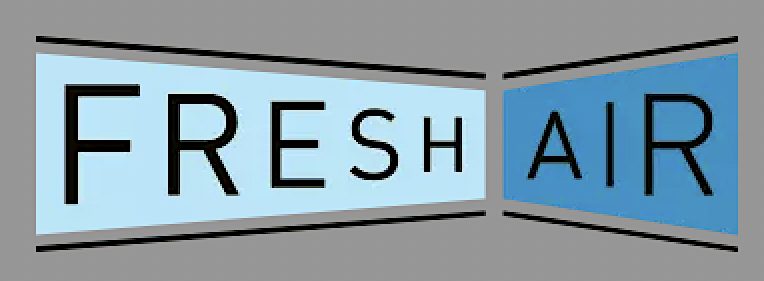The Monday Tilley Watch Takes A Glancing Look At The Art & Artists Of The Latest Issue Of The New Yorker
The Cover: About the war.
The Cartoonists & Cartoons:
Thirteen cartoons, thirteen cartoonists. No duos (that we know of). One newbie: Erika Sjule,* who is the 7th addition to the magazine’s cartoonist stable this year, and the 107th newbie brought in during Emma Allen’s watch as cartoon editor begun in May of 2017. The longest active contributor this issue is Roz Chast, whose first New Yorker drawing appeared in the issue of July 3, 1978.
You can see all of this week’s cartoons here.
*Her work previously appeared on newyorker.com features, beginning in September of 2019.
The Rea Irvin Talk Watch:
Besides looking very carefully through each and every new issue of the magazine, I also look (almost daily) very carefully through archival issues (if that’s the correct usage for old old issues). Looking through those old issues I always pause when I get to The Talk Of The Town. I look at the spot drawing or drawings on that page, my eyes scan the opening Talk pieces. But it is Rea Irvin’s heading (shown here) that never fails to get to me. It’s the magazine’s overture. How I wish we’d see it again (you might recall it ran for 92 years before being sacked and replaced — gasp! — by a redraw). Read about it here.
______________________________________________________________________________
A Shermund Commentary On Hokinson?
I try not to involve myself in posting s’posins…but when I came across the restaurant scene Barbara Shermund drawing shown down below, it really hit me how similar it is to a New Yorker Helen Hokinson drawing (I’m familiar with the Hokinson drawing because the original is in the Spill collection). Hokinson’s “…blue plate special…” drawing appeared in the October 6, 1934 issue; Shermund’s “They’re just typical…” according to this article I happened upon, is unpublished.
This is how it’s identified in the article:
Two things about this tag that caught my eye:
First, while it is true, according to the magazine’s database, that the drawing wasn’t published in The New Yorker, it couldn’t be “…for the New Yorker, c.1920” because, as we know, The New Yorker didn’t exist in 1920. Its first issue was published in February of 1925.
Second: the style of “They’re just typical…” strongly indicates much later Shermund work, not c.1920. Her early New Yorker drawings in no way resemble “They’re so typical…” Take these two examples, her first and second New Yorker cartoons, both published in early 1926 (January 16, 1926 & February 27, 1926…note: she had two New Yorker covers published before her first cartoons: June 13, 1925…shown at the top of this piece, on the left…. and October 3, 1925):
By the time Hokinson’s “…blue plate special…” drawing was published, her club ladies were firmly established in her cast of characters — they were, in fact, her lead characters. Shermund’s heavily stylized flapper was her go-to woman — Olive Oyl thin, with a mask-like face, head resting upon what looks to be tapered pedestal.
My notion that this could possibly be Barbara Shermund commenting on Helen Hokinson’s work rides on chronology. Without a date for the Shermund drawing, and establishing that the Shermund followed the Hokinson, I’m flailing in deep water. Stylistically though, her “They’re just typical…” does point to a progressed style from the mid-to-late 1930s, and not a style from the 1920s, early 1930s. So, let’s just proceed… a fun for fun’s sake exercise.

 Begin by squinting at the drawings. The “shapes” are similar. It almost seems as if Shermund’s is, graphically, a slightly looser version of Hokinson’s.
Begin by squinting at the drawings. The “shapes” are similar. It almost seems as if Shermund’s is, graphically, a slightly looser version of Hokinson’s.
There are 7 women in each drawing (no men). The tallest woman we see in Hokinson’s (the waitress) is echoed in Shermund’s as a customer passing through in the background. Both figures — the waitress, and the passerby — are just about exactly in the middle of each drawing. If you draw a line connecting the very tops of each couple’s heads (the waitress and the club lady; the club lady and the customer passing by in the background) you’ll see the angle is, to the naked eye, identical.
To the right in each drawing: a trio of women. Hokinson’s women are all looking down, in their own thoughts. They’re the opposite of Shermund’s, whose trio of women are seemingly having a fun fine time, enjoying each other’s company, all seated at one table.
There are two women on the left in both drawings, and here the comparison is farthest apart: in Shermund’s, one is standing, while the other is seated. Hokinson has two women seated. Each of the women to the farthest left in both drawings are drawn leaning into the drawing.
I know I may be overthinking this, but is it possible the lines of cigarette smoke in Shermund’s drawing echo Hokinson’s vertical curtain folds? And further over-thinking: Shermund’s signature is on a similar angle to Hokinson’s. Shermund’s signature appears below the point made by the tablecloth, and Hokinson’s signature appears below a point made by a coat draped on a chair. Shermund’s signature leads the eye to a woman’s bare leg; Hokinson’s ever-so-slightly touches a bare table leg.
Looking at the two main “club ladies”: we see Hokinson’s “club lady” head on. In Shermund’s we see her version of a “club lady” from the back. Stretching here a bit, but it looks as if Shermund had her club lady take Hokinson’s front-and-center empty chair and drag it over a foot to the right before sitting in it. It was the placement of the chairs that first got my attention. How odd, I thought, to focus on the backs of chairs. The empty chair in Hokinson’s commands attention. The sat-in chair in Shermund’s does the same.
For me, Shermund’s caption, “They’re just typical, aren’t they?” seems a sly turn around — an ironic use of her take on Hokinson’s “club ladies” to comment on themselves by commenting on others. Of course, it could be exactly what we see: club ladies commenting on younger women. But something — call it a cartoonist’s hunch — tells me something else is going on here. If I’m wrong, I’m wrong, but it’s been so much fun s’posin’.
Note: Janaki Challa’s wonderful New York Times “Overlooked” piece on Barbara Shermund is in today’s issue, page A18… see it online here.
________________________________________________________________
Sipress On “Fresh Air”
David Sipress, recently the subject of a two-part Ink Spill interview, is a guest on Fresh Air today. My guess is that the host, Terry Gross, will be discussing David’s new book, What’s So Funny?, out tomorrow.
Link to Terry Gross’s interview with David Sipress
David Sipress began contributing to The New Yorker in 1998. Visit his website here.










